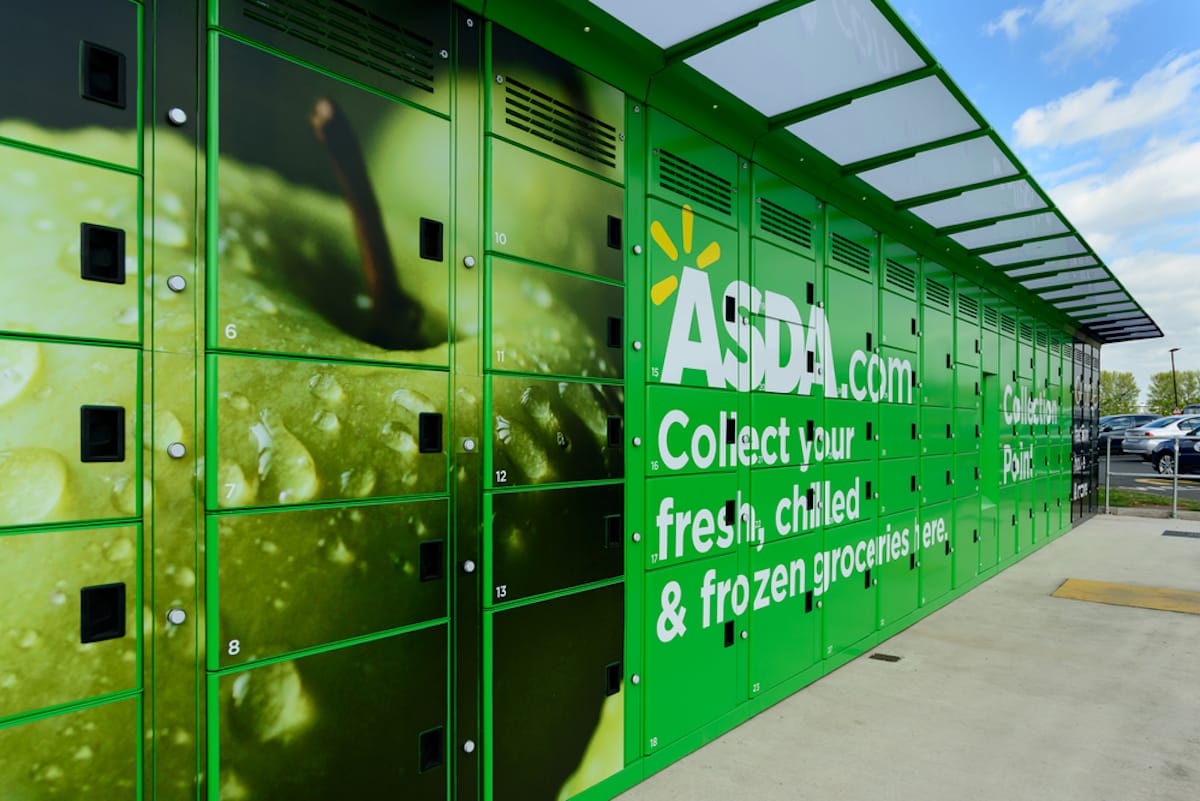Lockers in retail: innovation or inconvenience?

In the dynamic world of retail, two seasoned experts, Glynn Davis and Matthew Valentine, go head-to-head each month. With sharply contrasting opinions, they dissect the hottest retail topics.
This month, they spar over…lockers! Brace yourself for a riveting exploration of a strategy that’s reshaping the retail landscape.
Get ready for Glynn Davis and Matthew Valentine’s clash of perspectives in this edition of “Retail Face-Off.”
The pros by Glynn Davis:
We all know the bugbear of ordering goods online is the potential problem with deliveries. Everybody has their own horror stories of failed deliveries, miscommunications with courier companies, and stolen packages.
As many as 10% of deliveries fail on the first attempt, even though more people are working from home these days, according to research from Descartes, which found 67% of consumers have faced delivery problems of which failed deliveries are a part. The reality is that this ‘last mile’ element of the delivery equation is a nightmare and a very costly one at that. In fact, half of the total cost of delivering an item is related to the last mile.
It is also damaging to the environment, with supply chain firm Zetes suggesting that failed deliveries and returned parcels account for as much as 25% of the total distance driven by delivery vehicles. That’s a decent amount of emissions.
The solution to this problem is not particularly new – secure lockers. In the early days of e-commerce various solution were put forward involving each household having their own personal secure storage locker. It sounded interesting but was never really going to be scaleable or particularly workable either for blocks of flats and people without outdoor space.
As the locker has developed it has moved from individual properties to banks of parcel lockers located in public locations such as outside supermarkets and in travel hubs including train stations. They are clearly a sensible idea, and one that I’ve been more than willing to use, but the issue has been that I’ve very rarely been given the option to do so when ordering goods online.
This is partly down to the fact that most lockers are linked to a single delivery firm – such as Amazon or InPost – and this therefore limits the volumes going through any particular bank of lockers. However, companies are emerging such as Parcel Pending by Quadient whose solution works across couriers including some big names such as like Evri, DPD, UPS and DHL.
It is currently building out a network of lockers in the UK based on a high density approach that boosts usage to a greater percentage of the population who then use them as their default delivery option. This strategy is based on its findings in Japan where it has 6,800 lockers. When it hit 1,000 units in Tokyo an average of only 30% of the lockers were being used at any one time, which suggested any more added in the city would dilute usage levels. This did not happen. Interestingly, there are now 4,500 in the city and average usage has grown because the value of lockers is highest when they are a hyper-convenient option.
The cons by Matthew Valentine:
Lockers are nothing to get excited about. In fact it’s difficult to have much of an opinion about them one way or the other. And that is their biggest problem.
For success in the modern retail landscape, stores must offer a compelling reason to visit. A unique product offer, fantastic service, a jaw dropping location… something special that gets shoppers away from their screens and into a shop.
Lockers, meanwhile, are not really retailing at all. A locker is just a delivery mechanism that fills the gap between having a home delivery and picking something up yourself. A half-way house between the two, or click & collect outside opening hours. A convenient way to return today the products you regret collecting yesterday.
The only real qualifications for lockers to fulfill their brief are that they keep a product dry and safe, then relinquish it to the right person on request. Add that to a convenient location and you are ready to go.
So yes, there is a case for lockers at, say, travel hubs such as busy train stations, so that commuters can pick up or return orders on their way home. But with ever-fewer people commuting due to the trend for working at home, it feels that the customer base for such a service is shrinking.
If reaching a locker requires you to get in your car, it surely renders itself fairly pointless. If you’re making a special trip, you could have just gone to the shop. A lot of the supposed convenience offered by lockers – in common with hyper-fast home delivery – is a bit of an illusion.
Unless you are passing anyway, a locker will not save you much time. And do you really need the things you order so urgently in any case? Do you really need to order a new hairdryer for collection within 24 hours? Will those new socks be worn immediately? Often people are convinced that they need a layer of convenience that they could easily do without.
At the fringes of the market there are certainly people who work long hours, live alone and need to pick up orders that couldn’t be delivered when they were home. But outside of big cities that is a small group. In most other places, banks of lockers are places that most passersby barely give a second glance to, semi-invisible bits of the urban landscape.
Of course, many companies are keen on lockers, and for the same reason they are keen on other recent app-driven developments: they get your customers to do part of your job for you, and to pay for the privilege.
